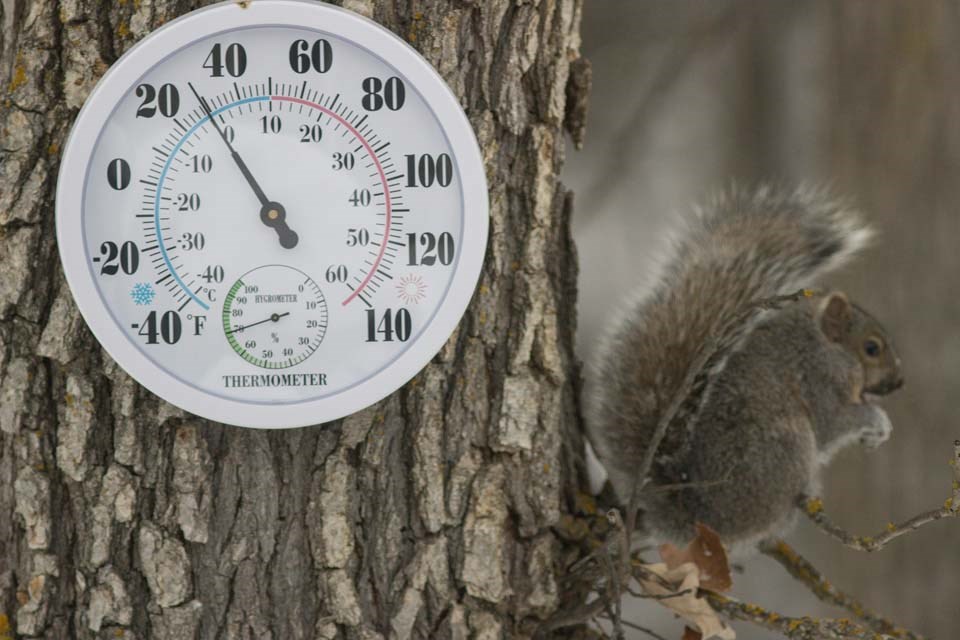MANITOBA CO-OPERATOR — Let's look at heat waves.
The temperature data so far this summer shows that while there have been some hot days, there has not been a sustained heat wave.
To get long-lasting heat waves, we need something known as a blocking pattern to develop.
Our atmosphere is fluid — which means, it flows — but for most of us, it is difficult to picture air flowing.
So picture this — the top of our planet is covered in a heavy substance that we call cold air. It wants to run down the planet toward the equator, but instead of simply sliding down in all directions, just parts of it start to sag in large undulations.
Since there is not an infinite amount of this cold air, if some of it sags southward in one area, other areas will pull northward to replace what has sagged southward.
Altogether, at any one time in the Northern Hemisphere, we have three to six regions with cold air sagging southward. Due to the shape and size of these sags, they are referred to as long waves.
Now, what makes this more complicated is that our planet is rotating.
Take the picture you have created in your mind of a pile of cold air sitting on the top of our planet with three to six areas of cold air sagging southward and then have that whole thing start to slowly rotate around the Earth.
When one of the sags of cold air moves across us, we have an outbreak of cold air. When it moves away, we return to warmer conditions.
The boundary between the cold and warm air is where the majority of our “weather,” or storm systems, occur. So far this summer, we have seen this type of pattern.
Blocking is a phenomenon in which this normal movement of weather systems in the atmosphere stops and can lead to prolonged periods of either fine or unsettled weather, depending on the precise location of the block.
As long waves develop and move across the globe, certain shapes and patterns of these long waves tend to become very stable and at times can cause the movement of these long waves to stop, preventing other long waves from moving across that region.
The most well-known blocking system is an Omega Block.
It is called that because of its resemblance to the Greek letter omega.
When an Omega Block occurs, there is usually a large strong area of high pressure, with two areas of low pressure on each side (our long waves).
This particular setup causes the jet stream to flow down and around the bottom of the area of low pressure, then up over the high, and then back down around the low, producing the omega symbol.
Areas that are under high pressure will see clear skies and warm dry conditions, while areas under the lows will see unsettled weather with excessive moisture and cool conditions.
Typically, these Omega Blocks will last anywhere from one week up to a month or longer.
This is the type of pattern that usually brings our intense, long duration summer heat waves. The big question is whether we will see it in August?
Next issue, it is time to take a break from this topic to do our monthly weather review and look ahead.
About the author
Related Coverage
Tornado lesson begins with rotating air
Straight-line winds pose nasty threat
Understanding how hail is formed

